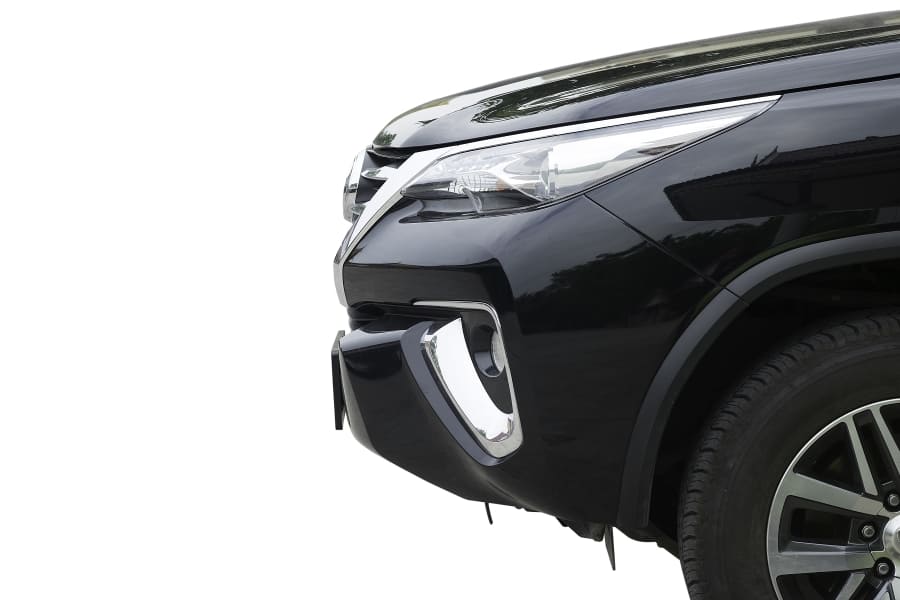
S-matic is a function of manual shifting for automatic transmissions installed on Honda cars. It debuted in 1999 when the second generation of Honda Odyssey was released. The S-Matic allows the driver to control the transmission manually if necessary, which can improve the vehicle’s dynamics and handling, and promotes a more reliable start on slippery surfaces.
Operating principle of S-matic
The S-matic transmission was developed by the Honda Motor Co., Ltd group. Instead of a planetary gear set, which is typical for most hydraulic automatic transmissions, this gearbox features two shafts with gears; each of the shafts engaged by an individual hydraulic clutch unit. For activating the manual mode, the driver slides the gear lever into the corresponding slot and then moves to the “+” or “-” mark to shift up or down.
Technical information about S-matic
| Transmission code | Version codes | Number of speeds | Model applications |
| H5 | BYBA; MRMA; BWEA; B7WA; BAYA; BCLA; BGHA; M7WA; BGFA; MAYA | 5 | Honda Avancier; Honda Odyssey |
Common malfunctions of S-matic transmissions
- The external spin-on fine filter gets clogged prematurely.
- The one-way clutch gets broken if the transmission runs under severe load.
- The rear clutch drum gets destroyed.
- The rear bearings break down often.
- Damaged housing of the flow control valve causes lowering of pressure in the system, which results in transmission malfunction.


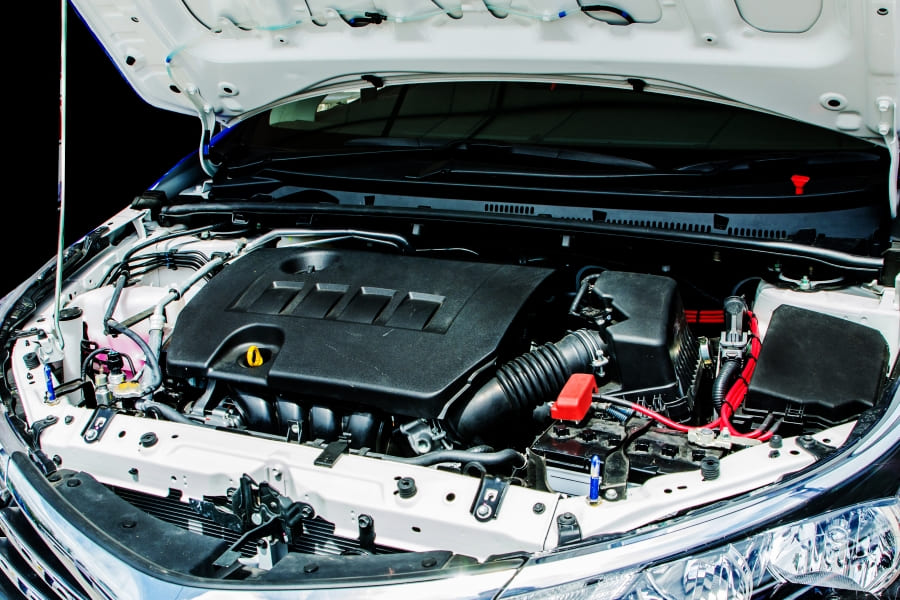

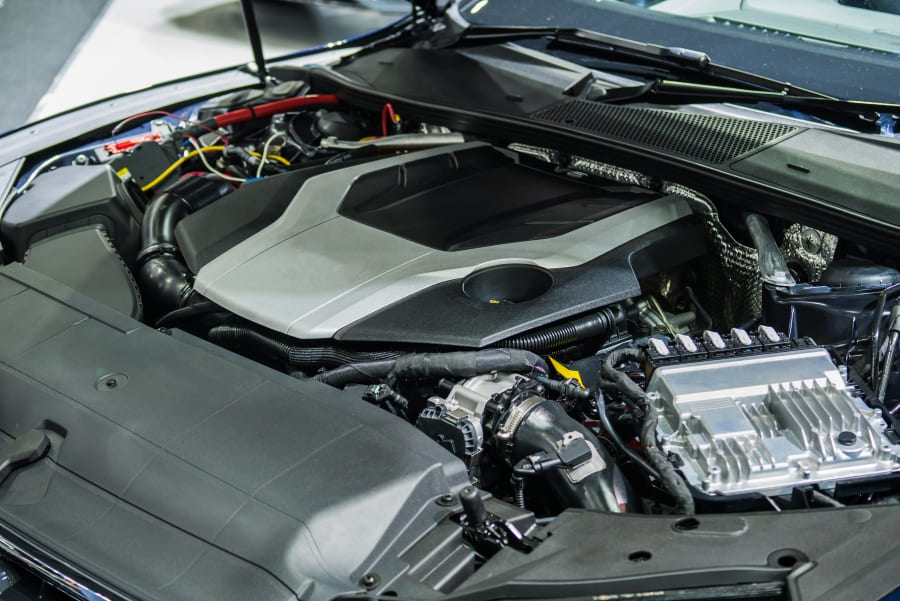

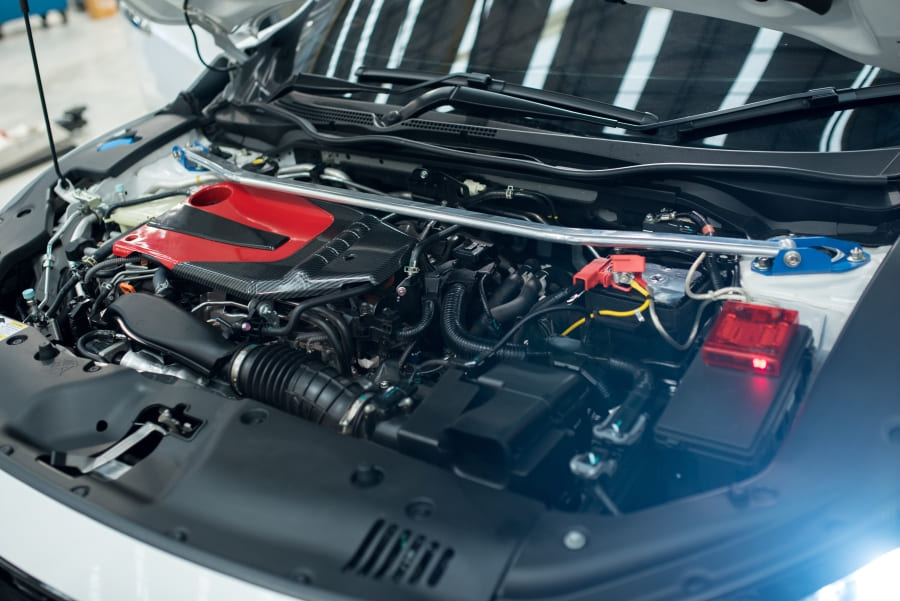
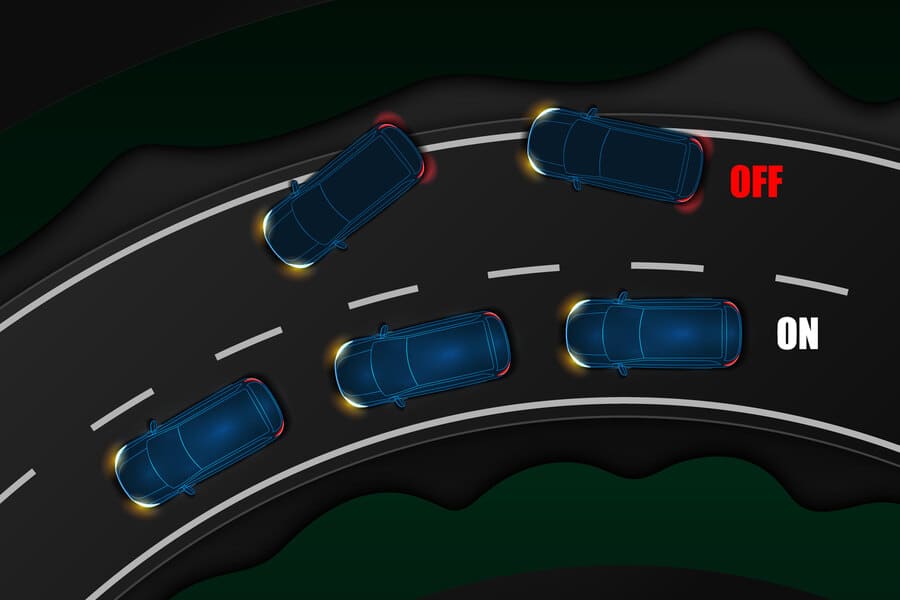
Comment